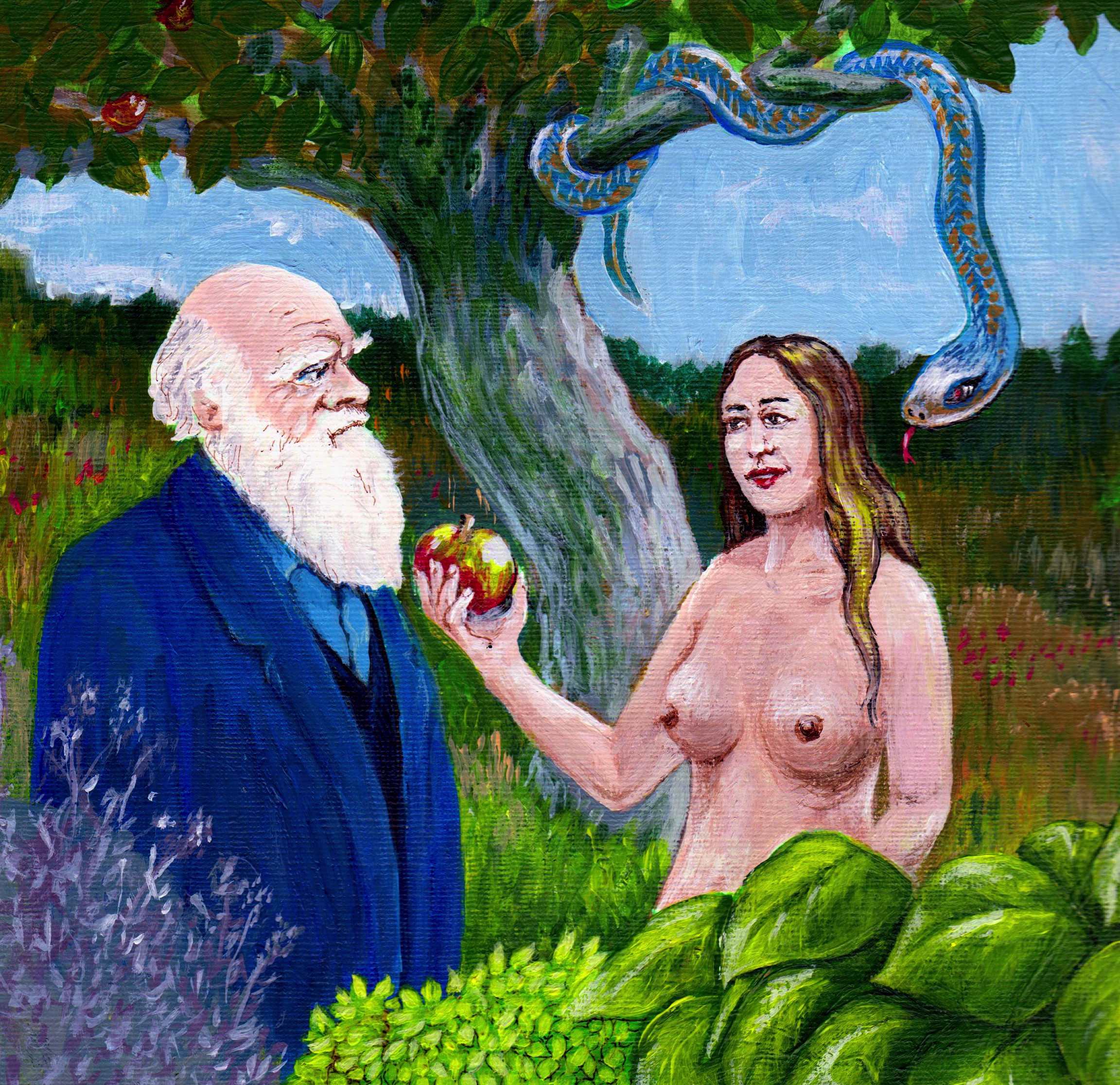Saturday, September 28, 2013
welcome to the marketplace of ideas
By
CNu
at
September 28, 2013
2
comments
![]()
Labels: information anarchy , institutional deconstruction , unintended consequences
Friday, September 27, 2013
selling food that has passed its expiration date...,
An estimated 40 percent of food in the United States ends up getting wasted and thrown away.
Doug Rauch, who used to be the president of Trader Joe's, has come up with a way that might prevent some of that food from going to waste.
Rauch's project is a market called the Daily Table, which is set to open next year in Dorchester, Massachusetts.
Most food that gets thrown out at the grocery store has passed the sell by date, which can sometimes be inaccurate depending on how the product is stored.
Also, farmers dispose of produce that has cosmetic abnormalities, because they won't be able to sell it.
The Daily Table will use that produce in prepared fresh food, to be sold at affordable prices.
Rauch is quoted as saying: "It's kind of a hybrid between a grocery store and a restaurant... it's going to take this food in, prep it, cook it... But the idea is to offer this at prices that compete with fast food."
The market will not only conserve food that would otherwise go to waste, but they can also sell that food at a discount.
By
CNu
at
September 27, 2013
1 comments
![]()
Labels: common sense , hustle-hard
35-YEAR-OLD US VETERAN: I AM ON FOOD STAMPS BECAUSE I ENJOY NOT STARVING
His letter depicts an America where ”normal” is military service families using food stamps to survive while the soldiers who serve America are busy fighting overseas… Shouldn’t these people, giving so much for their country, have at least enough to buy food for themselves and their families?
This is the reality of the GOP War on the Poor. Fist tap Dale.
By
CNu
at
September 27, 2013
2
comments
![]()
Labels: clampdown , Collapse Casualties , Farmer Brown , food-powered
bugs for slum-dwellers around the world...,
By
CNu
at
September 27, 2013
9
comments
![]()
Labels: clampdown , Farmer Brown , food
no more meat for prisoners...,
County Sheriff Joe Arpaio is no stranger to controversy. Over the years, he has made seemingly countless numbers of national headlines. As recently as August, the five-time elected sheriff was in the news after announcing that his deputies would be required to carry firearms at all times, even while off duty.
Of course, reporter Troy Hayden was less convinced, telling Arpaio that the soy looked like "wood chips" and pointing out that some of the carrots used were brown.
"Oh, that's probably just dirt, don't worry about that," Arpaio responded.
By
CNu
at
September 27, 2013
0
comments
![]()
Labels: clampdown , Farmer Brown , food supply
Thursday, September 26, 2013
the power of myth in the hood...,
By
CNu
at
September 26, 2013
4
comments
![]()
Labels: killer-ape , monkey see - monkey do , not a good look , What IT DO Shawty...
the power of myth
By
CNu
at
September 26, 2013
0
comments
![]()
Labels: Livestock Management , What IT DO Shawty...
Wednesday, September 25, 2013
if a path exists toward a moral economy, we're not on it...,
By
CNu
at
September 25, 2013
47
comments
![]()
Labels: banksterism , dopamine , global system of 1% supremacy , hegemony , killer-ape , resource war
deadly attack in nairobi shopping mall
All were fleeing the bloody massacre unfolding around them as they saw terrified fellow shoppers mercilessly executed after being singled out as non-Muslim.
Men, women and children were lined up and then gunned down with AK-47s after failing to name the Prophet Mohammed’s mother or recite passages from the Koran – sure-fire proof they were ‘kafirs’, or non-believers.
Others fled and sought refuge in shops, bank vaults and store rooms as grenades exploded and bullets fired around them.
The fortunate ones managed to emerge blood-splattered and terrified, with the wounded pushed out in shopping trolleys.
Hannah Chisholm, 21, from Haslemere, Surrey, described the terror and confusion at the Westgate Mall, which she was visiting while on holiday.
She said: ‘We kept running to different places but the shots were getting louder so we barricaded ourselves along with about 60 others into a large storeroom.
‘There were children hiding with us as well as someone who had been shot. At that point we thought the gunmen were thieves so we assumed they wouldn’t try to reach the storeroom.’
Greg Aldous, from New Zealand, told how he hid in a box and watched a man being gunned down 30ft away from him. He said the terrorists ‘were coming in through the front, they were coming in through the back and we were just sitting ducks’.
He added: ‘These are Islamic fundamentalist nutcases. They just shot and killed anybody. They are horrible.’
He eventually escaped under the cover of darkness to a lorry-loading depot where people were panicking and screaming.
‘My instinct was to hide and I jumped into a large box containing supermarket cartons and hid there,’ he said. ‘I only survived the massacre because I kept out of sight.
‘If they had found me… I’m white, so I’m dead. They’re not even going to think twice. They hate your skin colour.’ Radio presenter Saadia Ahmed was one of the 1,000 who managed to flee. She said: ‘I witnessed a few people get up and say something in Arabic and the gunmen let them go.
‘A colleague of mine said he was Muslim and recited something in Arabic and they let him go as well.’
By
CNu
at
September 25, 2013
0
comments
![]()
Labels: killer-ape , resource war
deadly attack at pakistan church
By
CNu
at
September 25, 2013
0
comments
![]()
Labels: killer-ape , resource war , What IT DO Shawty...
CUNY students protesting petraeus catch an NYPD special...,
By
CNu
at
September 25, 2013
0
comments
![]()
Labels: American Original , killer-ape , not a good look , predatory militarism , propaganda
and in a country predicated on in-group/out-group killer ape violence...,
By
CNu
at
September 25, 2013
2
comments
![]()
Labels: American Original , clampdown , killer-ape , What IT DO Shawty...
Tuesday, September 24, 2013
subversive to all "respectable" religious order...,
By
CNu
at
September 24, 2013
1 comments
![]()
Labels: as above-so below
a parasitic gene that affects host promiscuity?
By
CNu
at
September 24, 2013
2
comments
![]()
Labels: Genetic Omni Determinism GOD
how does morality work in the brain?
By
CNu
at
September 24, 2013
0
comments
![]()
Labels: neuromancy
why is combinatorial communication rare in the natural world?
By
CNu
at
September 24, 2013
0
comments
![]()
Labels: ethology , evolution , What IT DO Shawty...
how to understand the deep structures of language
By
CNu
at
September 24, 2013
0
comments
![]()
Labels: ethology , evolution , What IT DO Shawty...
Monday, September 23, 2013
darwin's apple: the evolutionary biology of religion
By
CNu
at
September 23, 2013
5
comments
![]()
Labels: co-evolution , What IT DO Shawty...
what drives dawkins is the truth and wonder of darwinism...,
By
CNu
at
September 23, 2013
0
comments
![]()
Labels: the wattles
the history of myth
This essay will demonstrate that questions about the truth value and cultural importance of myths have generated ingenious interpretations and heated disputes ever since the time of Xenophanes and Heraclitus. For two and a half millennia, competition among various schools of mythology has been a struggle over matters of ultimate truth, religious belief, political theory, cultural identity, verifiable history, and social custom. Myth has been variously understood as the revelation of divine mysteries, as primitive science and faulty history, as bad philosophy, as a code containing truths hidden from the uneducated, as the cultural DNA determining a people’s identity, as a resource for learning about the material culture of “primitive” peoples, as a window into the workings of the human mind, and as a justification for deplorable acts of cruelty. Indeed, the story of mythology demonstrates emphatically that there is a great deal more at stake in the study of myths than becoming acquainted with amusing cultural artifacts attesting how naïve and superstitious our ancestors were.
The early history of mythology may be summarized by saying that from the first flowering of scientific rationalism in Greece during the 6th century BCE until the revival of scientific rationalism in the 17th century CE, allegorical mythology of one kind or another was the only method employed for studying myths. As the Enlightenment (c. late 1600s-late 1700s) approached, allegorical approaches were overtaken and incorporated into the new, more scientific comparative mythology. Comparative mythology, in turn, gave rise to several related schools. The nature school made comparisons among the world’s myths to determine what key environmental or cosmological factor gave rise to myth. The ethnological school made comparisons among the world’s myths to discern a people’s folk-spirit—their essential ethnic qualities. The most intense form of the ethnological school—which culminated in the Aryan hypothesis—coupled comparisons of the world’s myths with intensely racial and nationalistic political ideologies.
Thus, by the 19th century, whether their focus was the Aryan homeland, the relationships between environment, Volk, and myth, or the Ur-myth , mythologists of all schools employed the comparative method. In practice, comparative mythologists of whatever school locked themselves in libraries and studies, reading extensively and writing theories based on linguistic and literary analyses of the myths they studied. Toward the end of the 19th century, however, interest began to wane in unverifiable theories about the Ur-myth and partisan arguments about a people’s “folk-spirit.” A new school of mythologists was waiting in the wings to shift the conversation away from questions about tale-types and Ur-people to the matter of how living mythic traditions function in so-called primitive societies. The next chapter examines these new, modern mythologies.
By
CNu
at
September 23, 2013
0
comments
![]()
Labels: ancient , History's Mysteries
Chipocalypse Now - I Love The Smell Of Deportations In The Morning
sky | Donald Trump has signalled his intention to send troops to Chicago to ramp up the deportation of illegal immigrants - by posting a...

-
theatlantic | The Ku Klux Klan, Ronald Reagan, and, for most of its history, the NRA all worked to control guns. The Founding Fathers...
-
NYTimes | The United States attorney in Manhattan is merging the two units in his office that prosecute terrorism and international narcot...
-
Wired Magazine sez - Biologists on the Verge of Creating New Form of Life ; What most researchers agree on is that the very first functionin...







